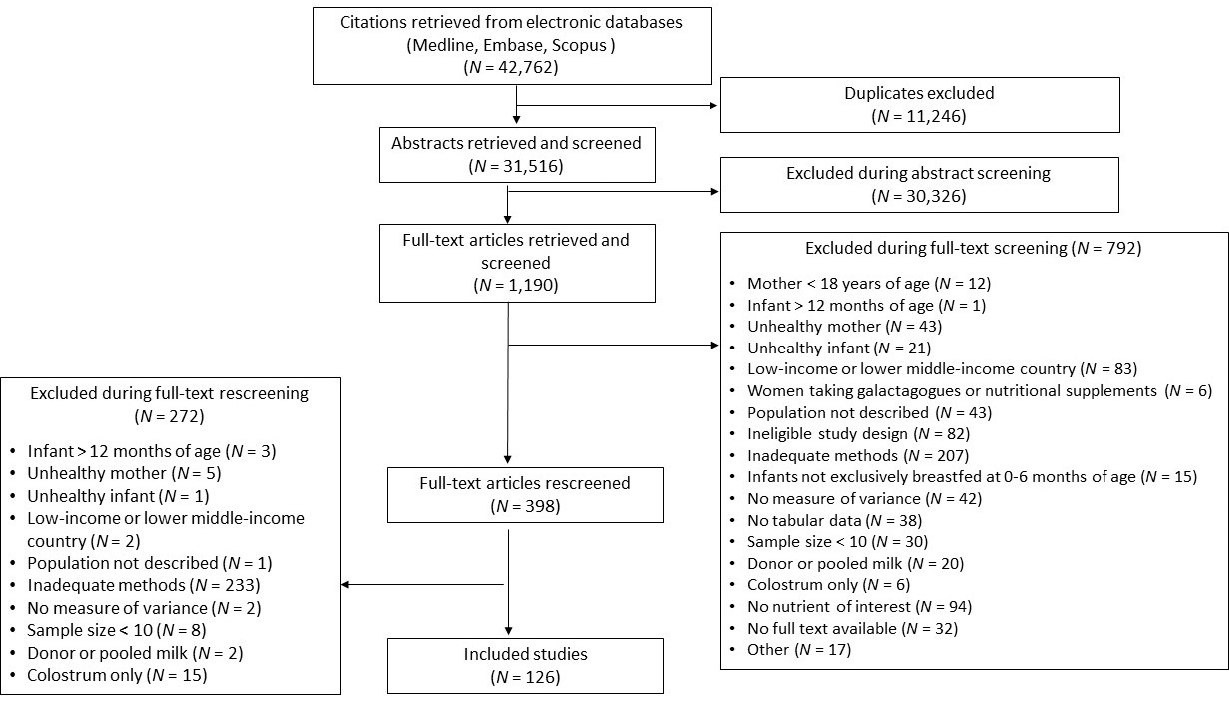Summary
Human milk is considered the biologic norm for feeding the human infant during the first 6 months of life, and it is a preferred food from 6 to 12 months. It is a complex food and exerts its biologic effects well beyond its known nutritional value; however, human milk composition and the complexity of its composition is not wholly known or understood. Thus, defining the composition of milk, as well as both the individual and combined effects of milk components and the volume consumed on infant growth and development, is central to optimizing infant health. Furthermore, defining human milk composition, volume, and the myriad factors that influence milk components is needed for developing future Dietary Reference Intake (DRI) values for nutrient intake during the first 12 months of life.
In response to these issues, the U.S. Department of Agriculture (USDA) and the U.S. Department of Health and Human Services (HHS) asked the National Academies of Sciences, Engineering, and Medicine to conduct an evidence scan of new and emerging evidence describing the nutrient content of human milk as well as the volume of milk consumed, both of which are needed to understand nutrient consumption by healthy breastfed infants. An evidence-scan approach was used to scan the peer-reviewed published literature to determine the status of evidence on the nutrient composition and volume of human milk, and to identify new evidence on nutrients in human milk that could inform the need for a systematic review as a component of the DRI process. The study committee approached its task by designing a literature search strategy, screening, and data abstraction protocol. The committee assessed identified studies to distinguish articles on nutrients that could be used to update the USDA National Nutrient Database for Standard Reference and the Canadian Nutrient File, the reference food composition databases in the United States and Canada, respectively. These databases serve as a reference standard for developing nutrient intake recommendations for infants up to 12 months of age. The committee’s steps in development of a literature search strategy are shown in Figure S-1.

The literature search retrieved 42,762 articles on human milk composition and volume. After removing duplicates, and title and abstract screening, 1,190 articles remained for full-text screening by the committee. The final number of reports remaining for inclusion after full-text screening and subsequent data abstraction was 126. Figure S-2 shows a flow diagram of the screening process and the number of abstracts and articles excluded at each step.
The committee tabulated its results, organized by studies, on nutrient composition, milk volume, and studies that combined composition and volume. Each study was described by population, nutrients included in the study, analytical methodology, and outcome. The selected studies represent the committee’s assessment of data that would provide the most reliable estimates of human milk composition and volume. In its assessment, the committee noted the inconsistency in describing study subjects as a healthy population and the variability in the quality of methods used in the milk composition analyses.
Of note, there was a lack of data reported for fluoride, biotin, molybdenum, niacin, pantothenic acid, riboflavin, thiamin, and vitamins B12, C, D, and K. Thus, for the purposes of informing the development of future DRI values for infants from birth through 12 months, the committee found that although it is possible that adequate numbers of participants have been studied so that new DRI values could be developed from the currently available data for some nutrients, for other nutrients additional research will be needed. Other shortfalls noted by the committee included consistency in milk sampling protocols as well as a definition of an appropriate milk sampling strategy. Lastly, the committee recognized the importance of continuing research into less well-understood milk components (e.g., oligosaccharides, bioactive substances, food antigens, hormones, microbes, and growth factors) that contribute to infant growth, development, and overall health.

This page intentionally left blank.




